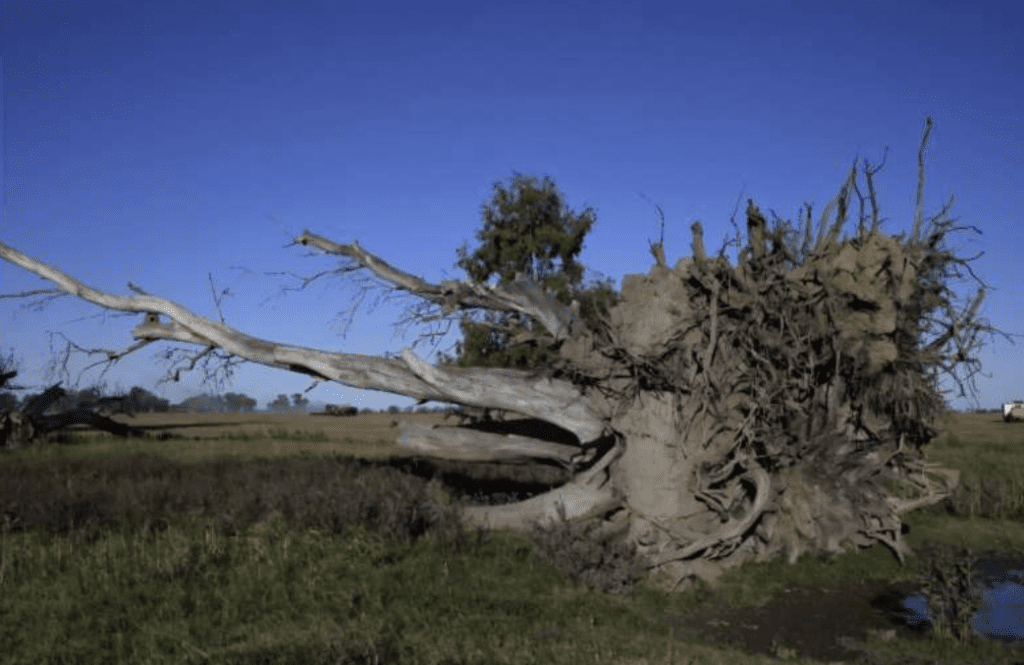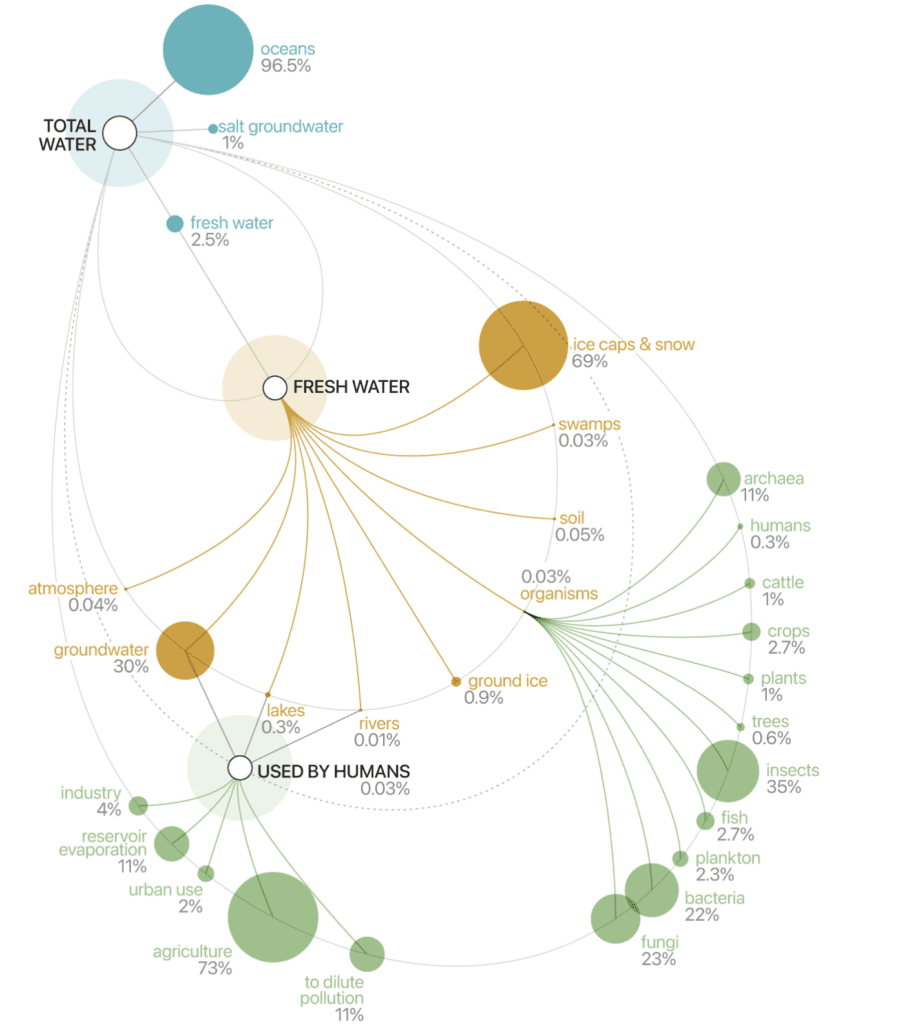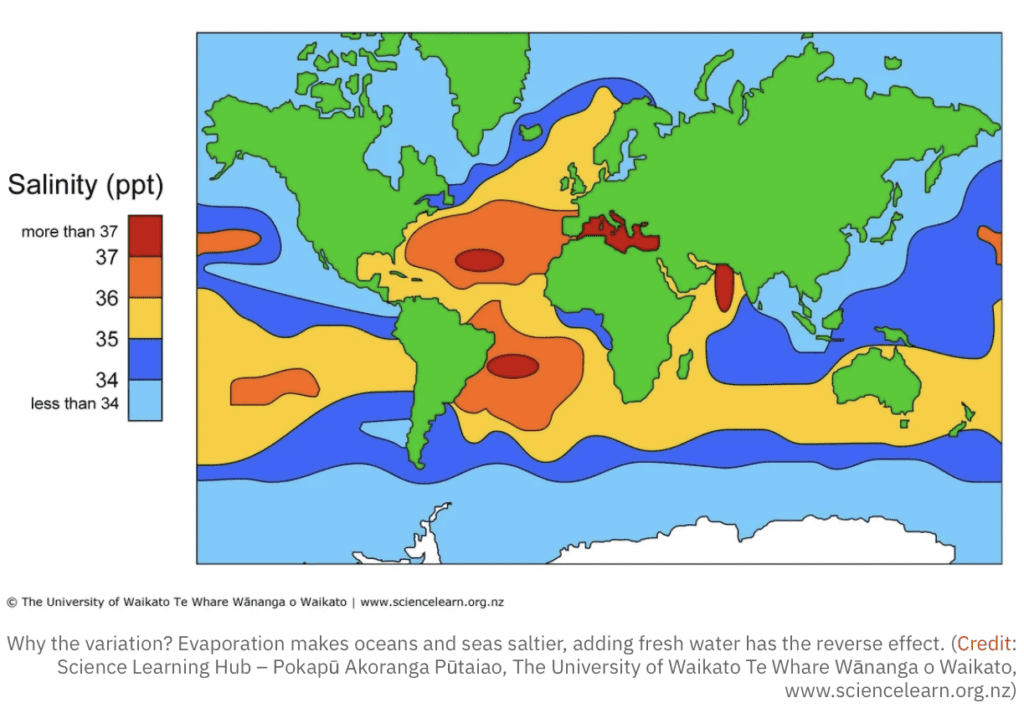Daniel Salzler No. 1278
EnviroInsight.org Five Items October 25, 2024
—————Feel Free To Pass This Along To Others——————
If your watershed is doing something you would like others to know about, or you know
of something others can benefit from, let me know and I will place it in this Information .
If you want to be removed from the distribution list, please let me know.
Please note that all meetings listed are open.
Enhance your viewing by downloading the pdf file to view photos, etc.
The attached is all about improving life in the watershed through knowledge.
If you want to be removed from the distribution list,
please let me know. Please note that all meetings listed are open.
Check our website at EnviroInsight.org
- Don’t Be Foolish! Elections are now ongoing and election day is nearing. It is time to be smart, know the true facts, think smart and vote smart.
2. One In Three Tree Species At Risk Of Extinction: Report, by Mariëtte Le Roux in phys.Org
More than one in three species of trees are at risk of extinction worldwide, threatening life as we know it on Earth, according to a report published on October 28.

The warning came in the Global Tree Assessment, contained in an update of the International Union for Conservation of Nature (IUCN) Red List of Threatened Species.
Issued to coincide with the UN’s COP16 summit on biodiversity, held in the Colombian city of Cali, the report said over 16,000 tree species are at risk of extinction.
More than 47,000 species were assessed for the study, out of an estimated 58,000 species thought to exist in the world.
Trees are felled for logging and to clear land for farming and human expansion. Climate change poses an additional threat through worsening drought and wildfires., 2024
The numbers are not merely symbolic.
People “rely on tree species for food, timber, fuels (and) medicines,” expert Emily Beech told AFP. [Also, every 24 hours, 27,000 trees are cut down to make toilet paper.]
They also make the oxygen we breathe, and absorb heat-trapping carbon dioxide emissions from the atmosphere.
“Trees are essential to support life on Earth through their vital role in ecosystems, and millions of people depend upon them for their lives and livelihoods,” said IUCN director general Grethel Aguilar.
A 2015 study estimated there are about three trillion individual trees in the world.

Ginko [Ginko Biloba] trees, as seen above, are among the species at risk of extinction. [Ginko is the only species ever to survive a ground-zero nuclear blast.]
Species at risk include the horse chestnut and ginkgo, both used for medical applications, the big leaf mahogany used in furniture making, as well as several ash,magnolia and eucalyptus species, said Beech, head of conservation prioritization at Botanic Gardens Conservation International (BGCI), which contributed to the tree assessment.
Seed banks essential
According to the IUCN report, the number of trees at risk is “more than double the number of all threatened birds, mammals, reptiles and amphibians combined.”
Tree species are at risk of extinction in 192 countries, but the highest proportion is found on islands due to rapid urban development and expanding agriculture, and the introduction of invasive species, pests and diseases from elsewhere.
In South America, which boasts the greatest diversity of trees in the world, 3,356 out of 13,668 assessed species are at risk of extinction.
Many species on the continent, home to the Amazon jungle, have likely not even been discovered yet.
When they are, they are “more likely than not to be threatened with extinction,” said the report.
It called for forest protection and restoration through tree planting as well as the conservation of species dying out through seed banks and botanic garden collections.
More than 1,000 experts contributed to the assessment.

3. Water Use In Pinal County.
The dominant water demand within
Pinal County is agriculture (92%).
Domestic(4%), commercial (2%),
livestock (1.6%), and industrial
uses (0.4%) account for the
remaining demand. Source.: The University of Arizona Water Resources Research Center wrrc.arizona.edu/arizona-water-factsheets
4. Water World. All of the World’s Water and how it is used.

From the book ” Knowledge is Beautiful 2014. Data from the U.S. Geological Society
5. Why Earth’s Oceans Aren’t All Equally Salty. The salinity of the oceans is not just a matter of taste. Saltier water behaves differently, too.
“Water, water, every where / Nor any drop to drink,” laments the “Ancient Mariner”. That’s because the ocean surrounding his ship is too salty. Our bodies can’t process the salt in seawater, and drinking it would actually dehydrate you further. You could drink the whole ocean and still be thirsty.
Oceans and seas are too salty to drink from. But exactly how salty are they?
The global average salt level in surface seawater is about 35 grams (seven teaspoons, give or take) per 1,000 grams of water (about a quart).

As this map shows, some seas and oceans are a lot saltier than others.
All of Earth’s oceans, and all bodies of water connected to them, are salty — the result of millions of years of mineral runoff carried by rivers to the sea. However, this map shows a considerable and consistent variation in salinity levels across the world’s marine domains.
The Mediterranean Sea is one of the world’s saltiest. One of the least salty is the Baltic Sea.
The global average salt level in surface seawater is about 35 grams (seven teaspoons, give or take) per 1,000 grams of water (about a quart). For short, that’s 35 ppt (parts per thousand).
As shown by the map, salinity increases to 37 ppt and more in large pockets in the North and South Atlantic, in the Mediterranean, and in a northern corner of the Indian Ocean.
It decreases to 34 ppt and less toward the poles, off the west coast of North America, and the coasts of Southeast and East Asia.
There are parts of the ocean where hardly any rain falls, and where heat and wind cause lots of water vapor to rise from the sea into the atmosphere. The water that stays behind is saltier as a result.
This is also the case in the Mediterranean, a nearly enclosed body of water subject to lots of sunshine and relatively little rainfall. The eastern Mediterranean has a salinity of about 38 ppt.
In general, the salinity maxima (not just in the Atlantic but also in the Pacific) occur at around 20 degrees latitude north and south, which corresponds to the latitudes of the world’s great deserts, where evaporation also exceeds precipitation.
Conversely, seawater becomes less salty with the addition of fresh water, whether delivered as rain, river water, or — in the polar regions — icebergs. Also, the formation of ice floes in the coldest parts of the world removes more salt from the water.
Consequently, salinity around Antarctica is just below 34 ppt and can go down to 30 ppt in certain parts of the Arctic. The Baltic has a salinity as low as 7 or 8 ppt, because it is fed by hundreds of rivers, and is almost entirely cut off from the (much saltier) high seas.
The salinity of the oceans is not just a matter of taste. Saltier water is denser and will sink below less salty and less dense water, creating currents. When it gets colder, that effect is amplified. High-saline, low-temperature water sinks to the bottom of the ocean, where it forms deep and slow underwater rivers.
The saltier deep has a fringe benefit for submarines. A halocline is a layer of water where the level of salinity changes abruptly. That difference doesn’t just affect the density of the water; it also scrambles sonar, giving subs an advantage in their games of hide and seek with other subs.
Copyright:2024 EnviroInsight.org
